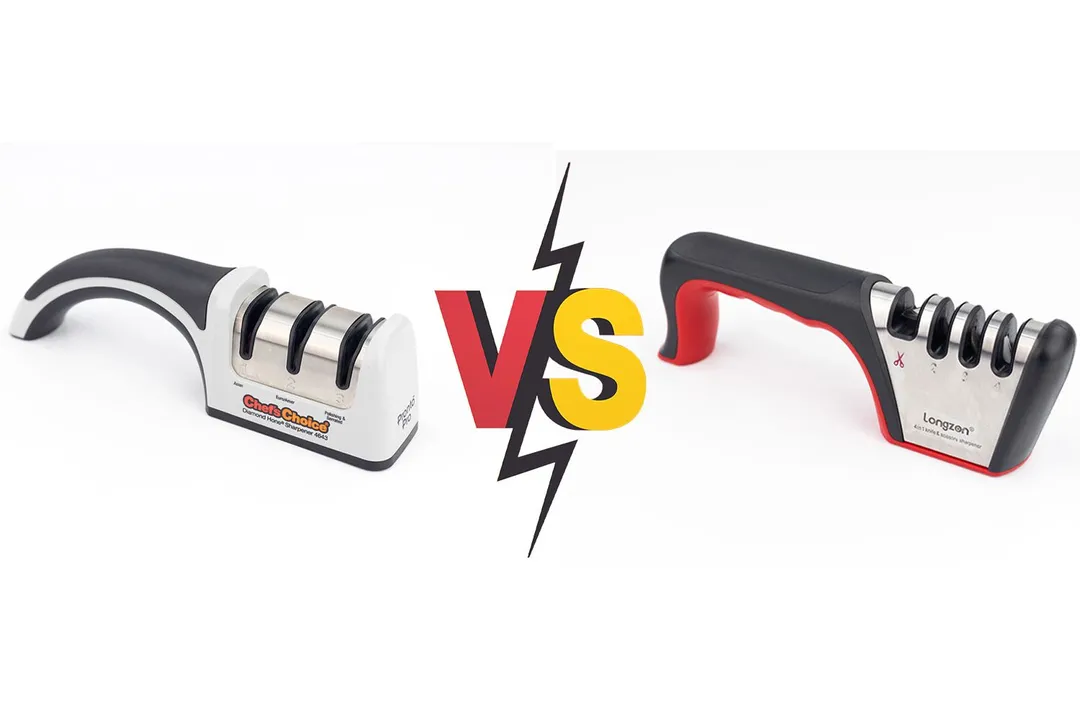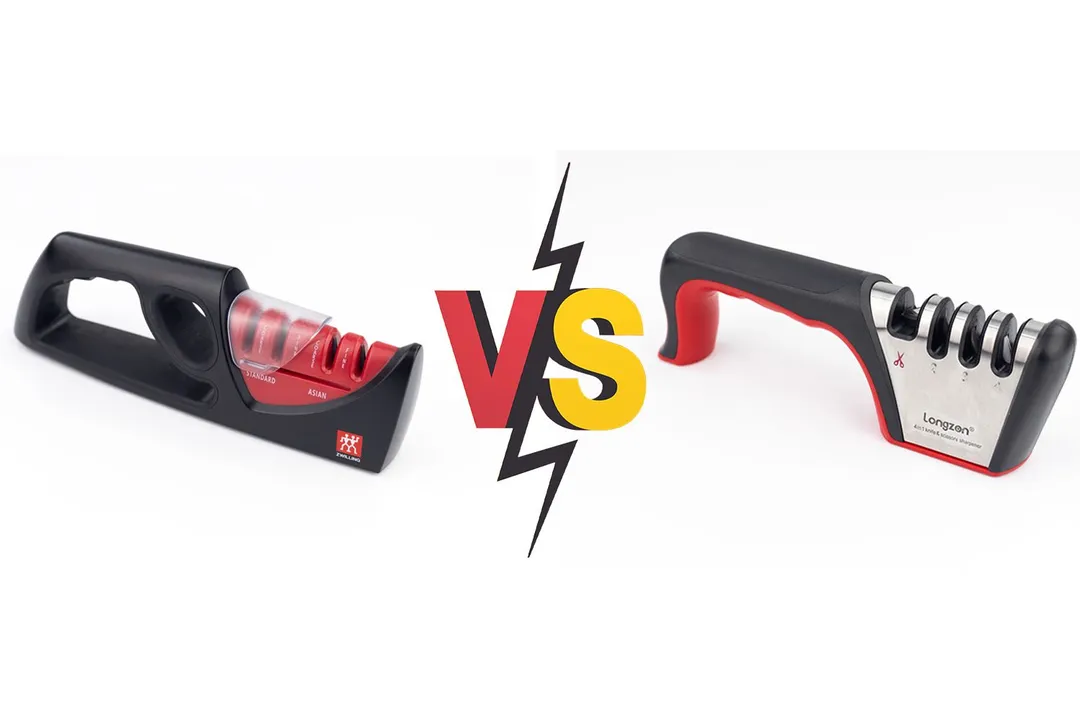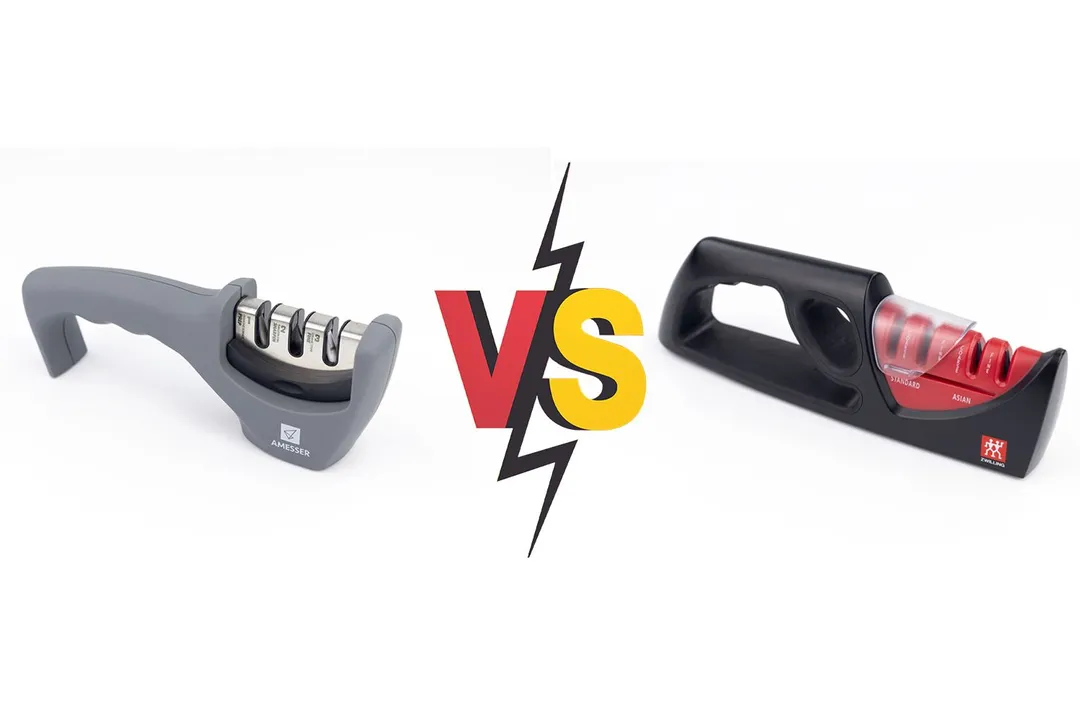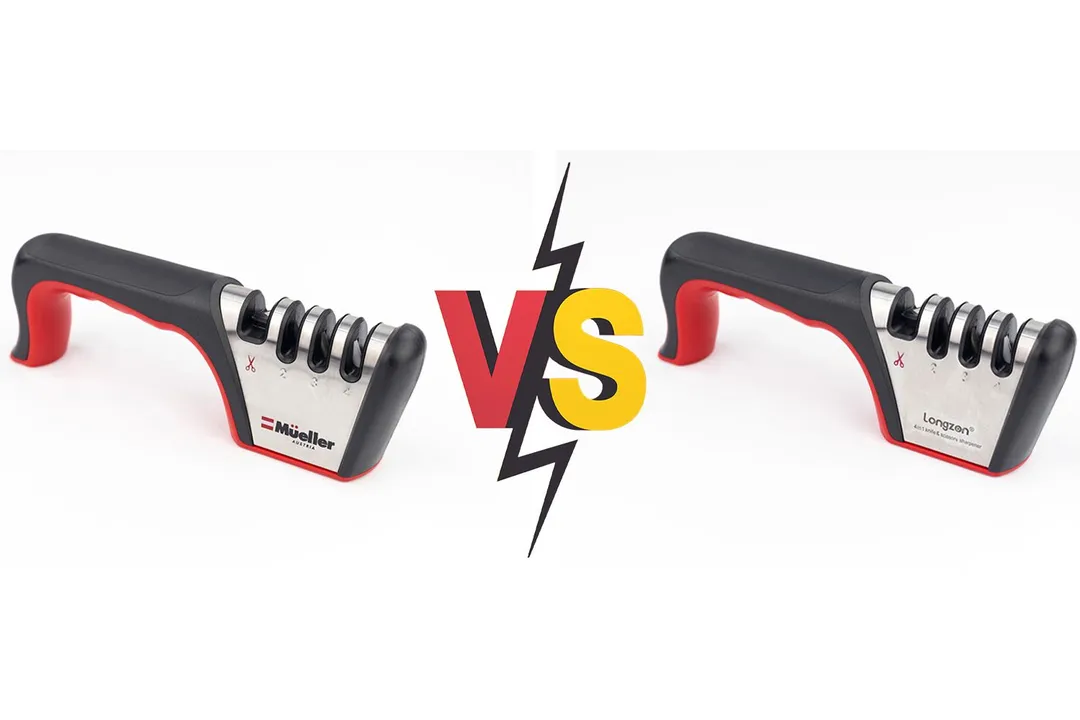Our recommendations are made independently through Research & Testing. We may receive commissions from purchases made via our links.
Amesser A-65 vs Longzon 4-stage Side-by-Side Comparison
The Amesser A-65 sharpens more effectively than the Longzon 4-stage, but the edge it produces is inferior. Read our detailed comparison.
Amesser A-65
Tested Using Methodology v1.1Longzon 4-stage
Tested Using Methodology v1.1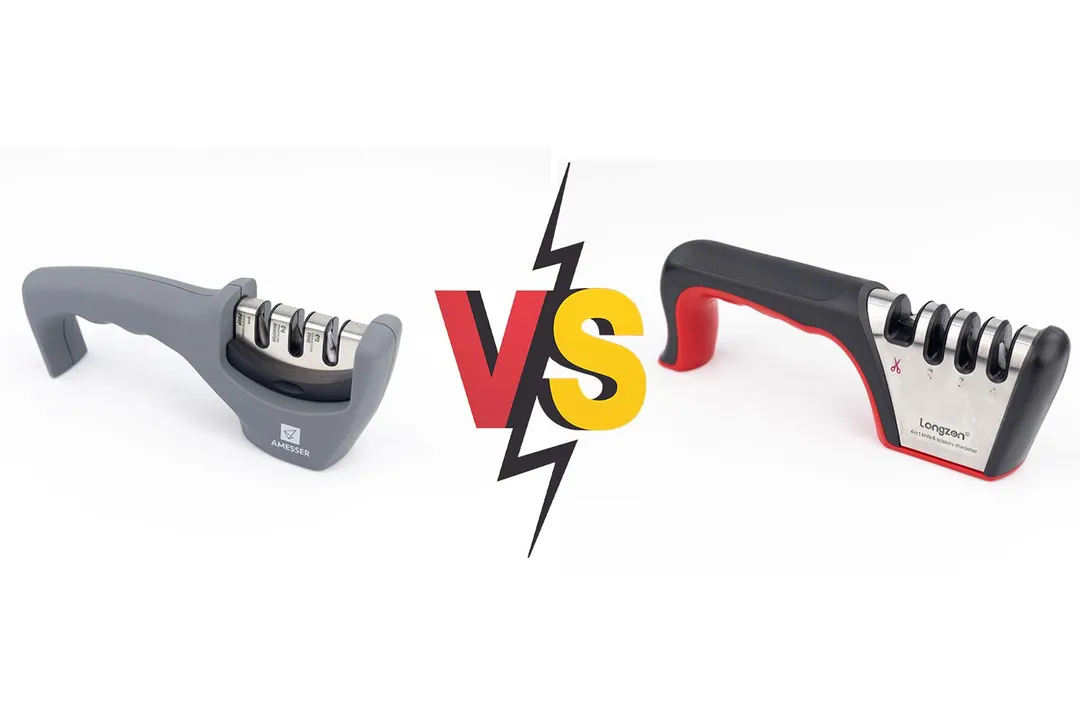
Overall Verdict
The Amesser A-65 and the Longzon 4-stage sharpeners are both of a decent size and solidly constructed. Both also sport a tapered base which slightly affects their ability to keep their balance during use.
The Amesser did a little better in our speed and sharpness tests, though arguably only because the Longzon was below average. On the other hand, the Longzon removed far less steel and left a much smoother and more even edge.
All in all, the Amesser is the slightly better choice. If you prefer the design of the Longzon but want better performance, check out its identical twin: the Mueller KS-4ST.
Pros & Cons
- Affordable
- Instinctive and easy to use
- Well-built with a solid design
- Grippy and comfortable handle
- Safety glove included
- Sleek design
- Substantial, accommodative size
- Fine, smooth knife edge
- Inclusion of protective gloves
- Slot for scissors
- Tapered base
- High center of gravity
- Tall base
- Slow sharpening
- Ineffective slot layout
Key Specs
Where to Buy
*You help support HealthyKitchen101's product testing and reviews by purchasing from our retail partners.
Analysis and Test Results
Performance
Sharpening Time to Cut a Lemon
Material Retention



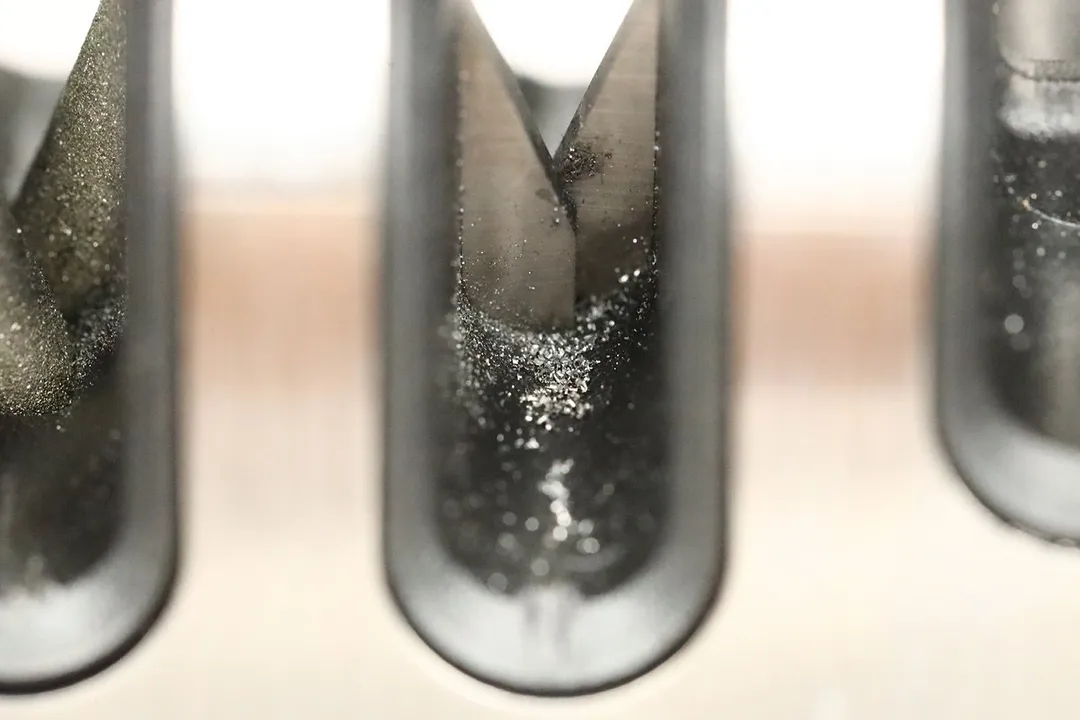

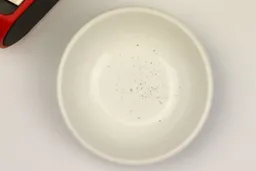
Maximum Sharpness Achieved
Edge Smoothness

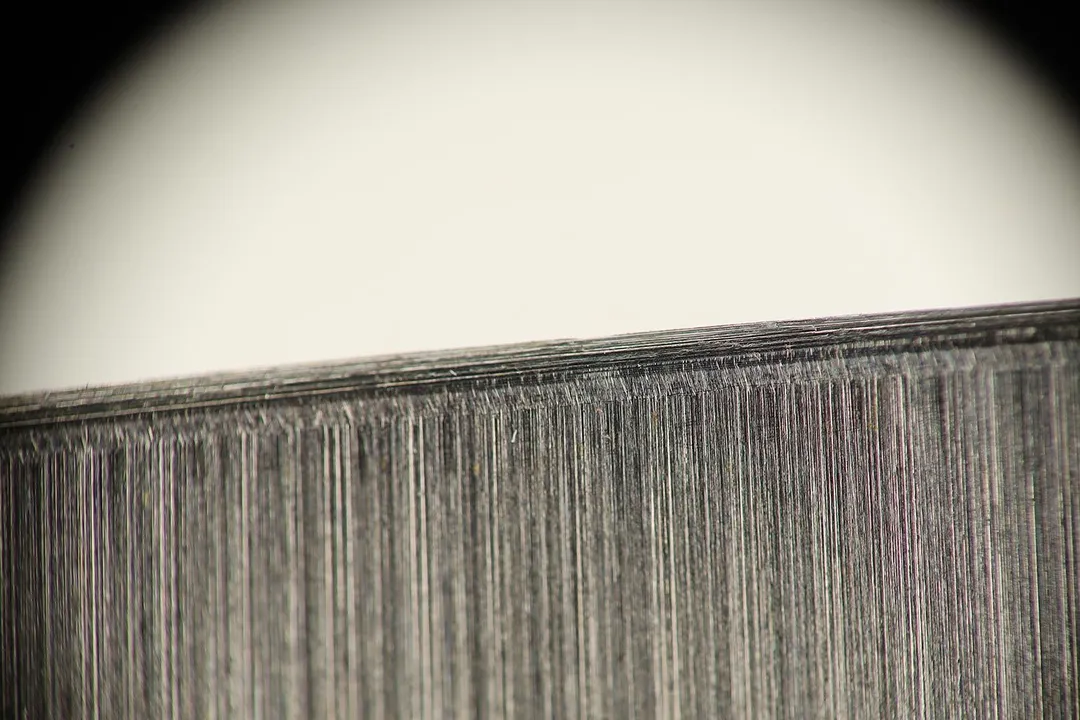
Design
In the Box

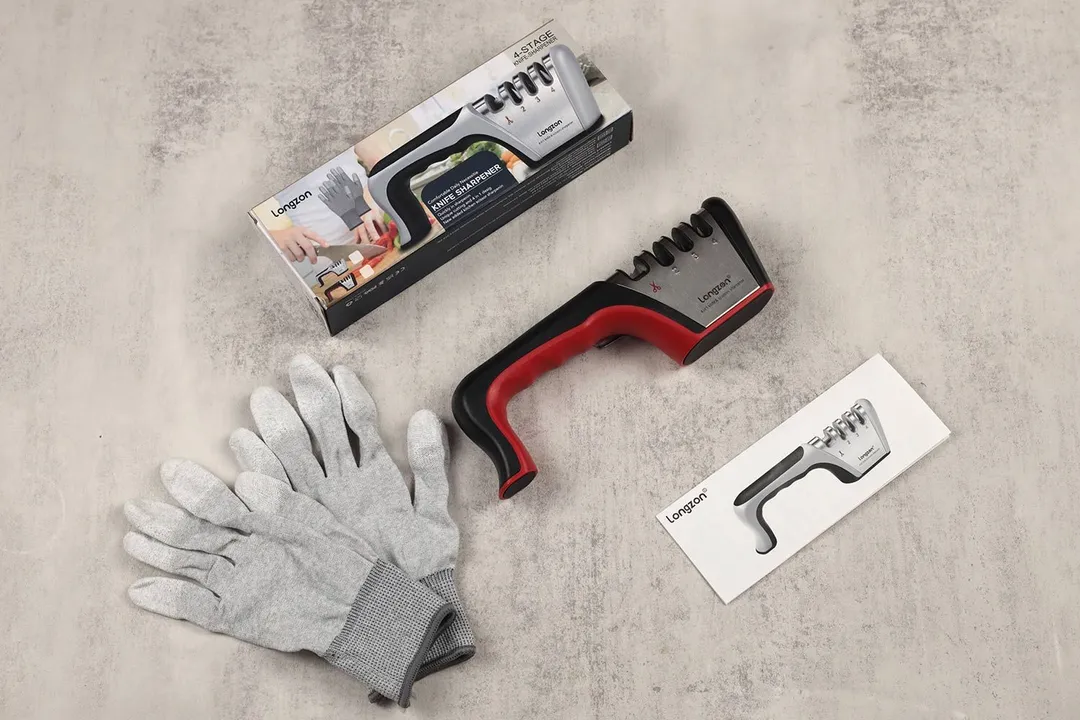
Dimensions
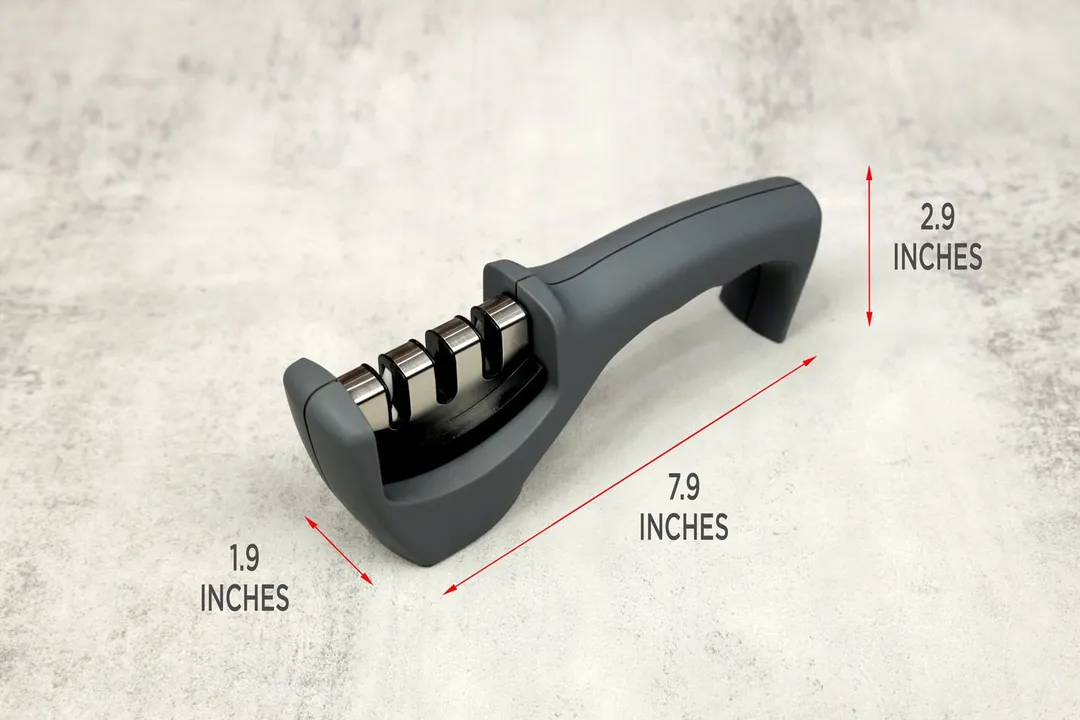
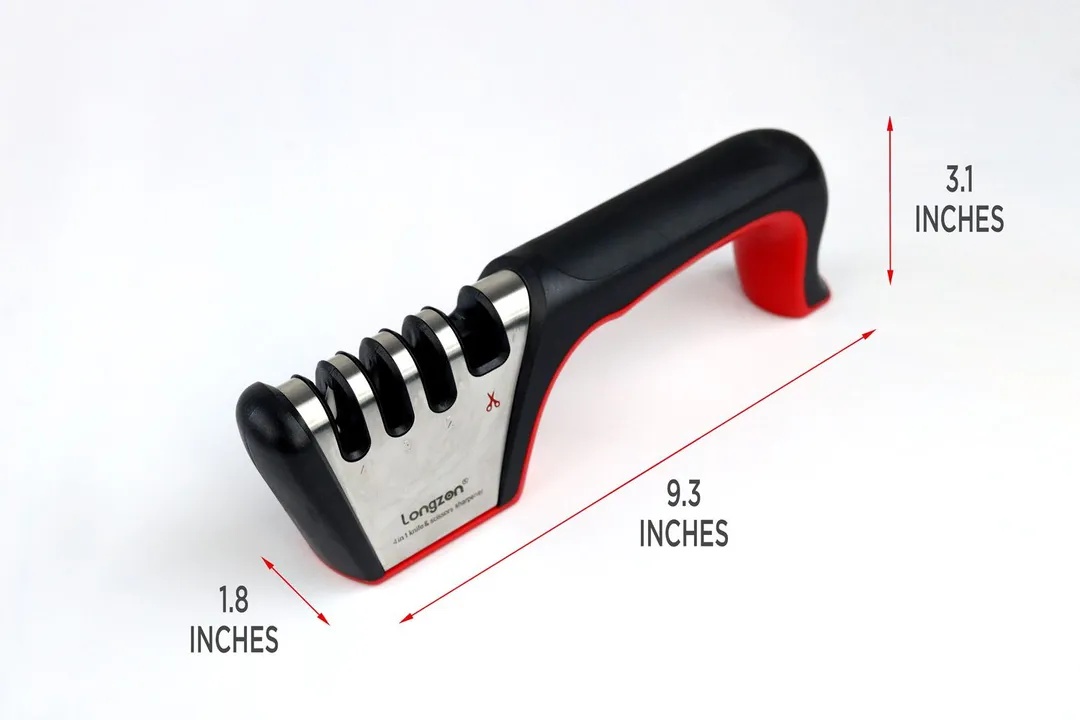
Build Quality
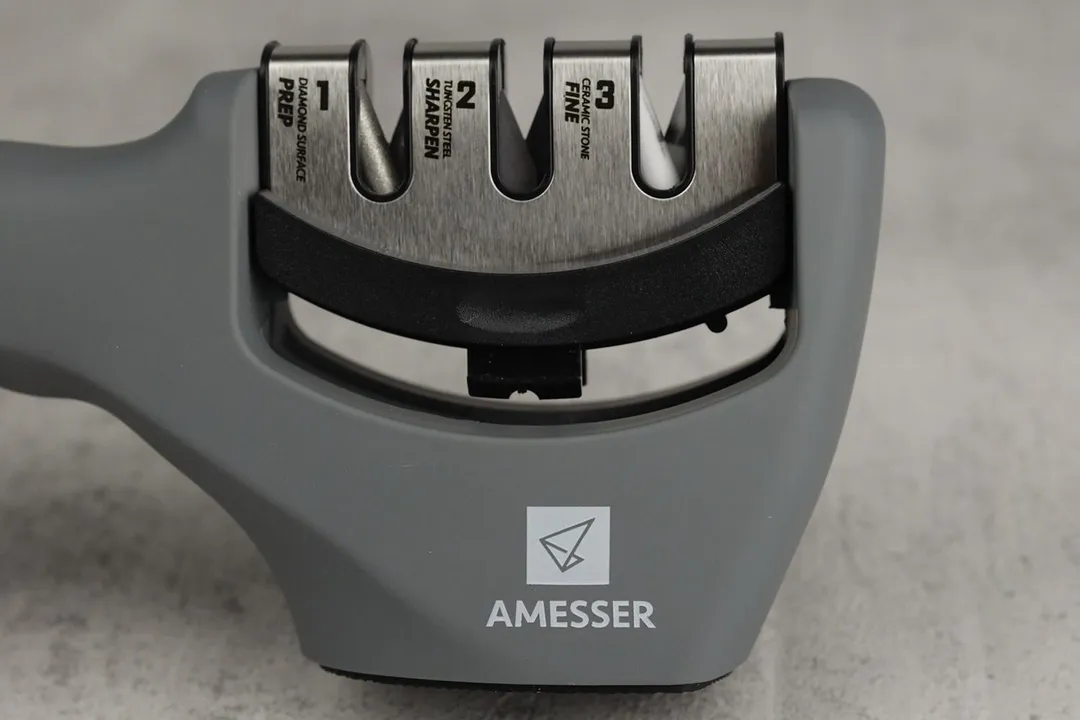
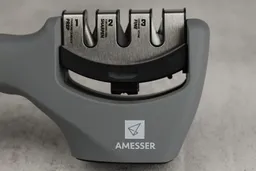
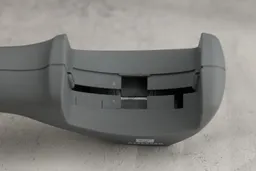
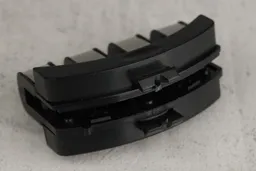

Working Section
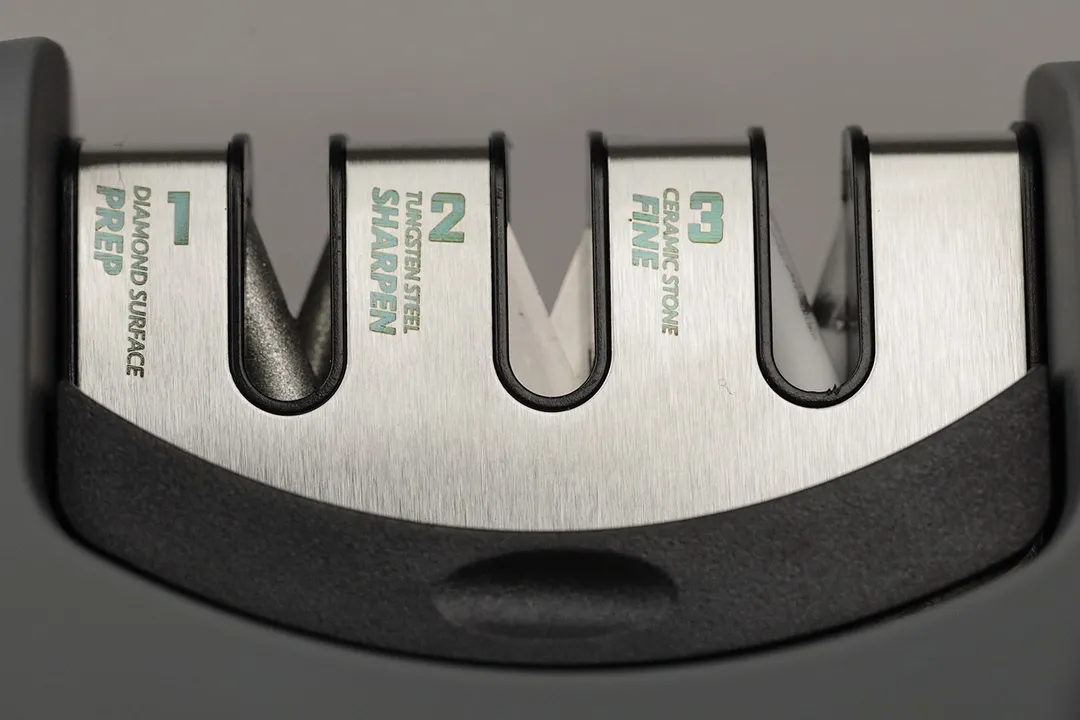
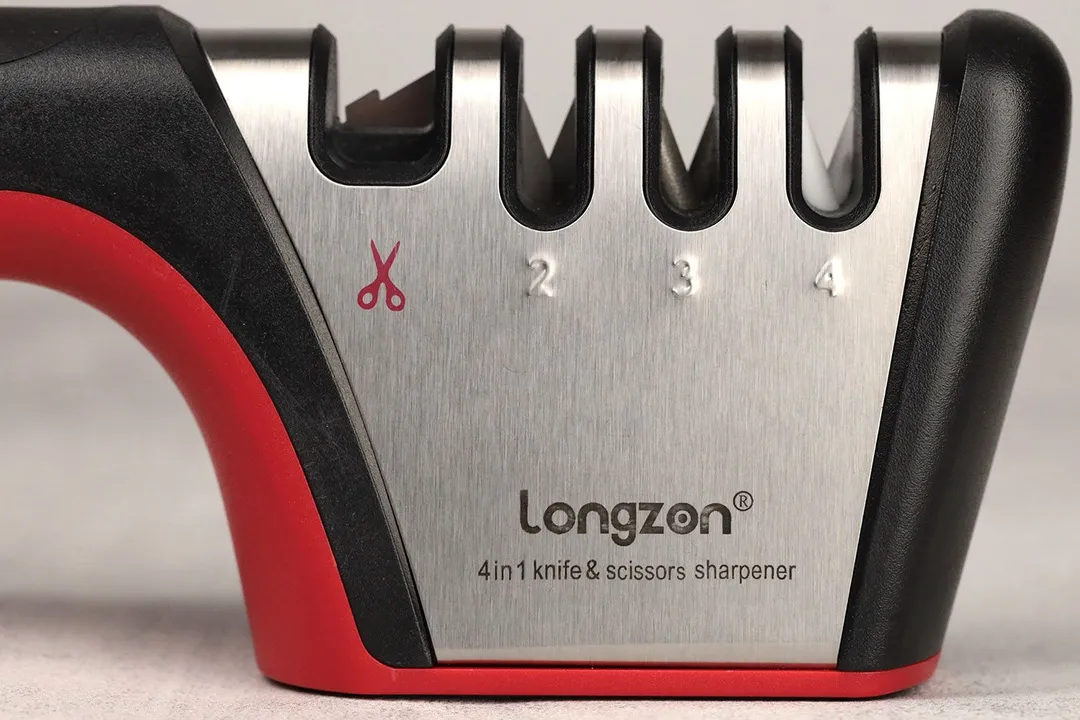
Base
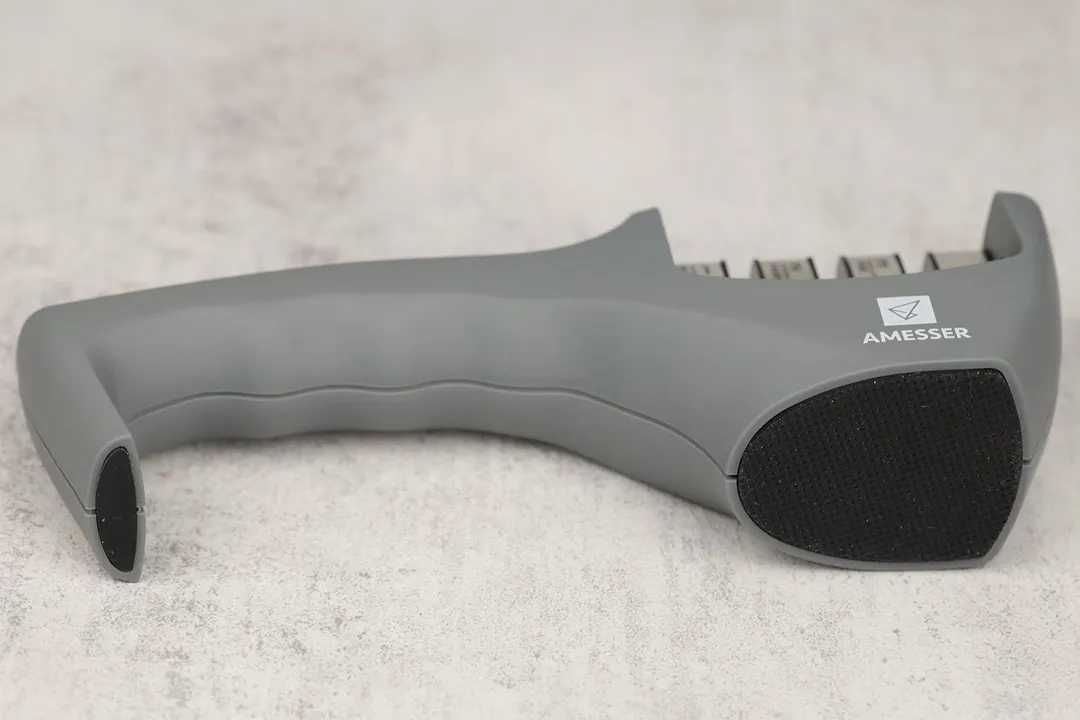
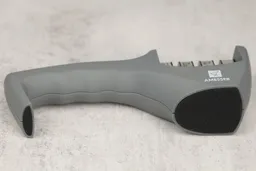
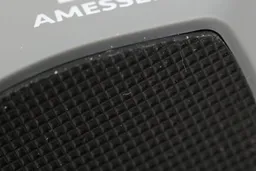
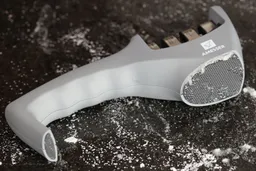
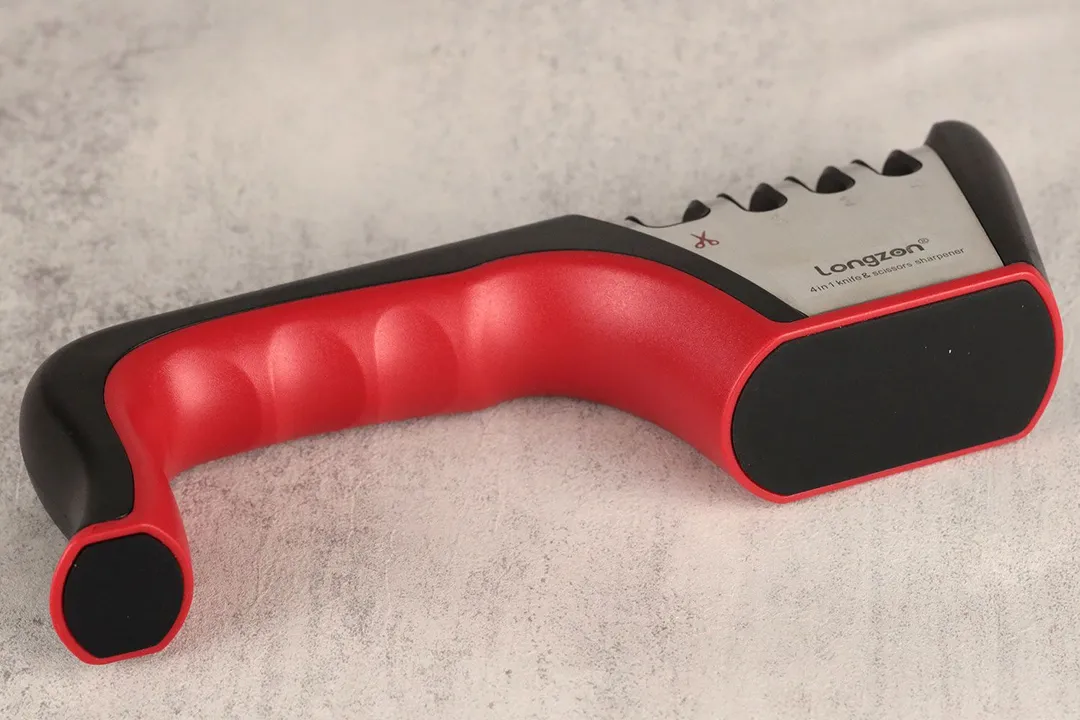
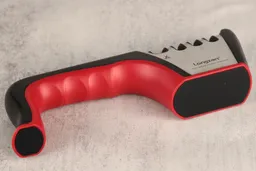
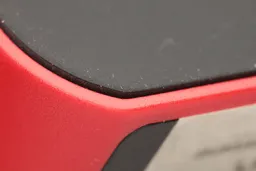
Grip

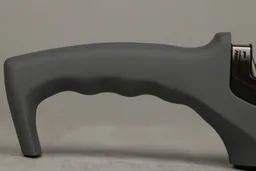

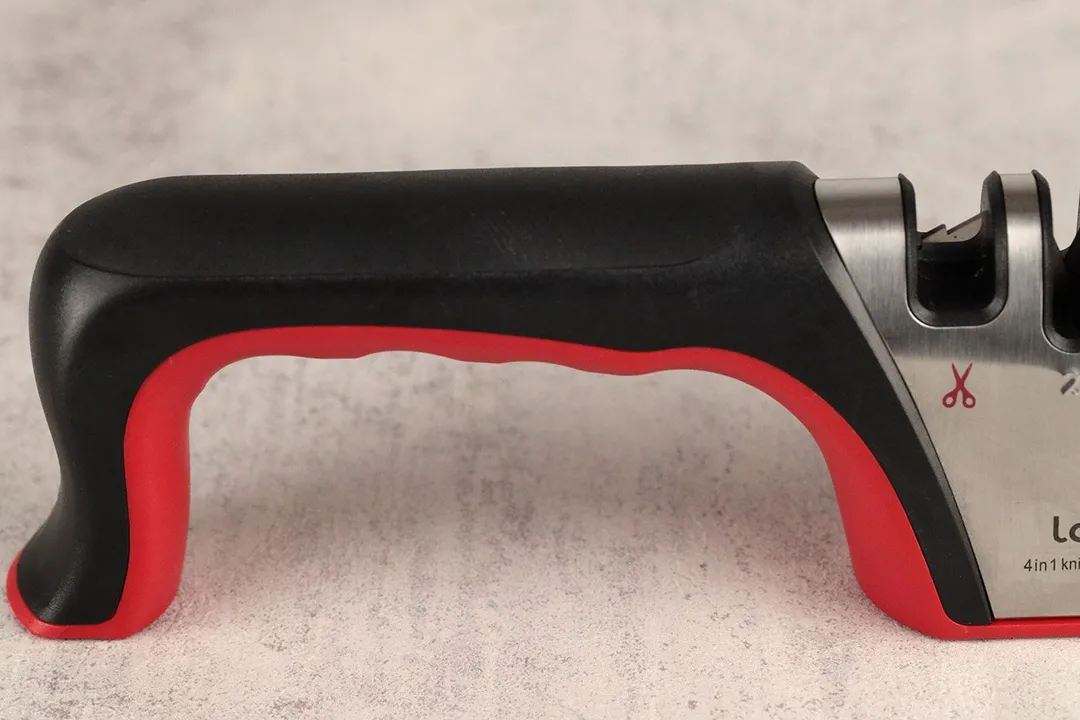
Usability
Slot Arrangement
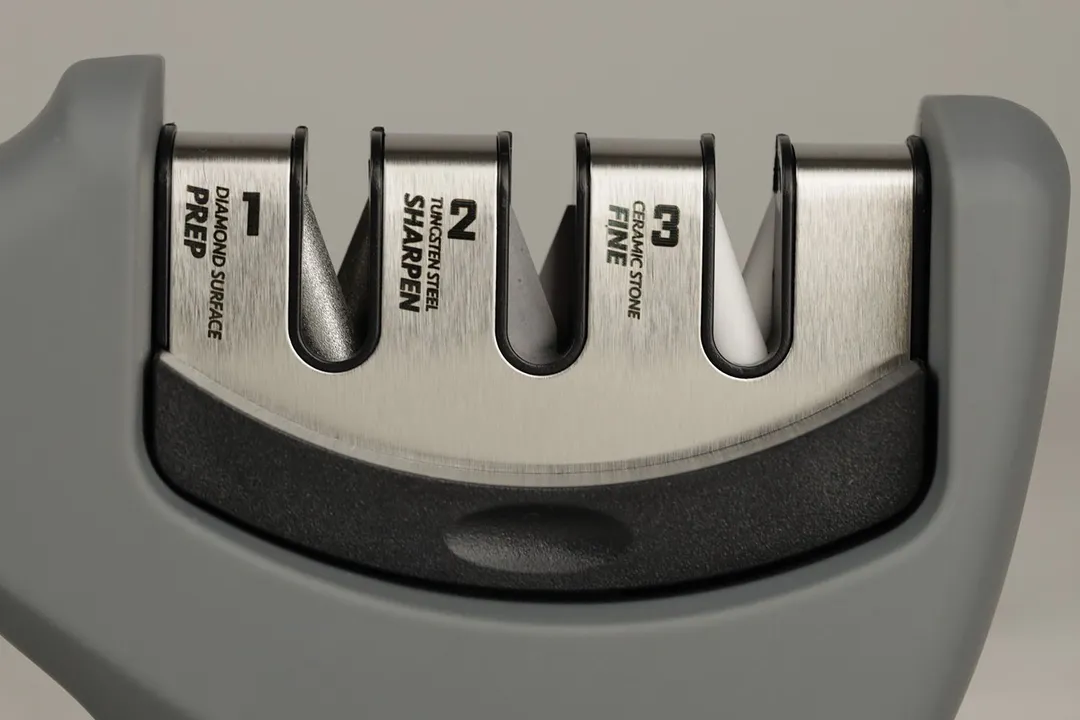
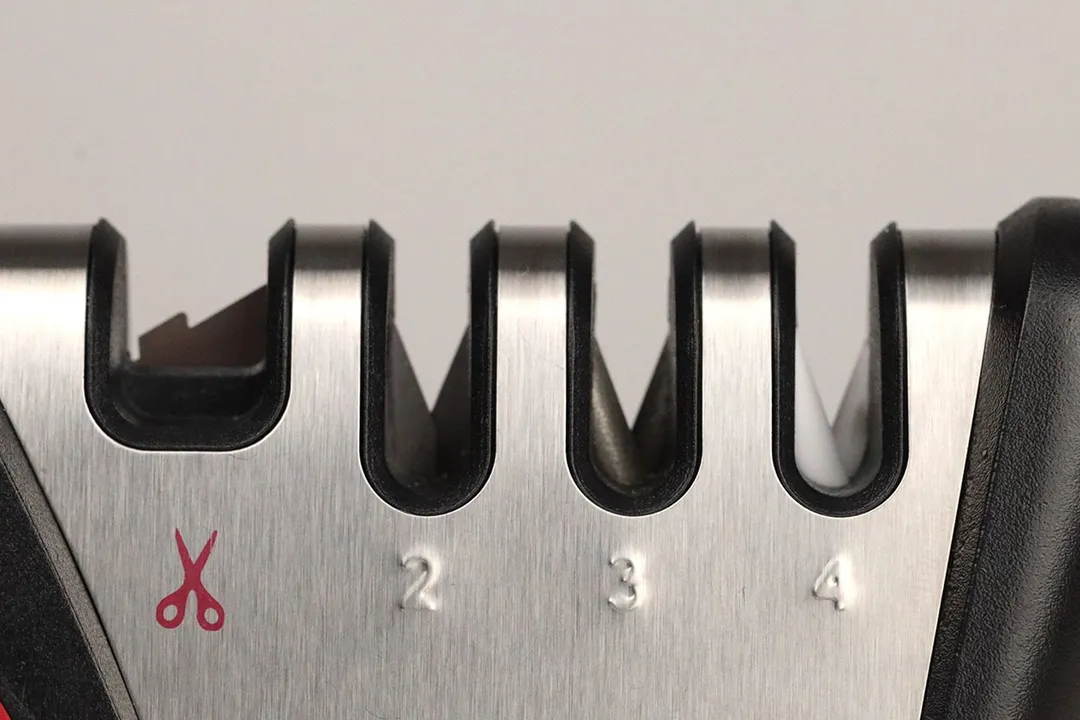
Insertion
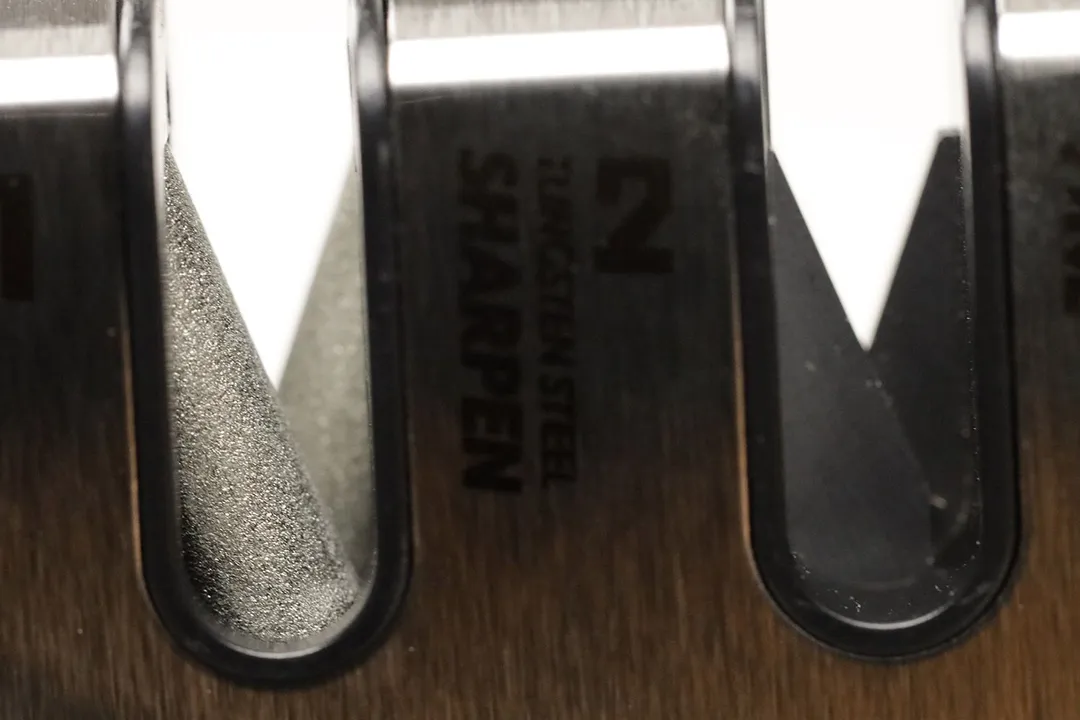
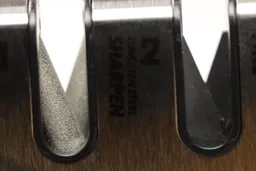
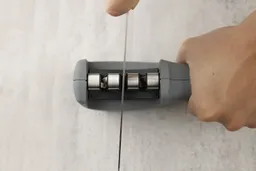
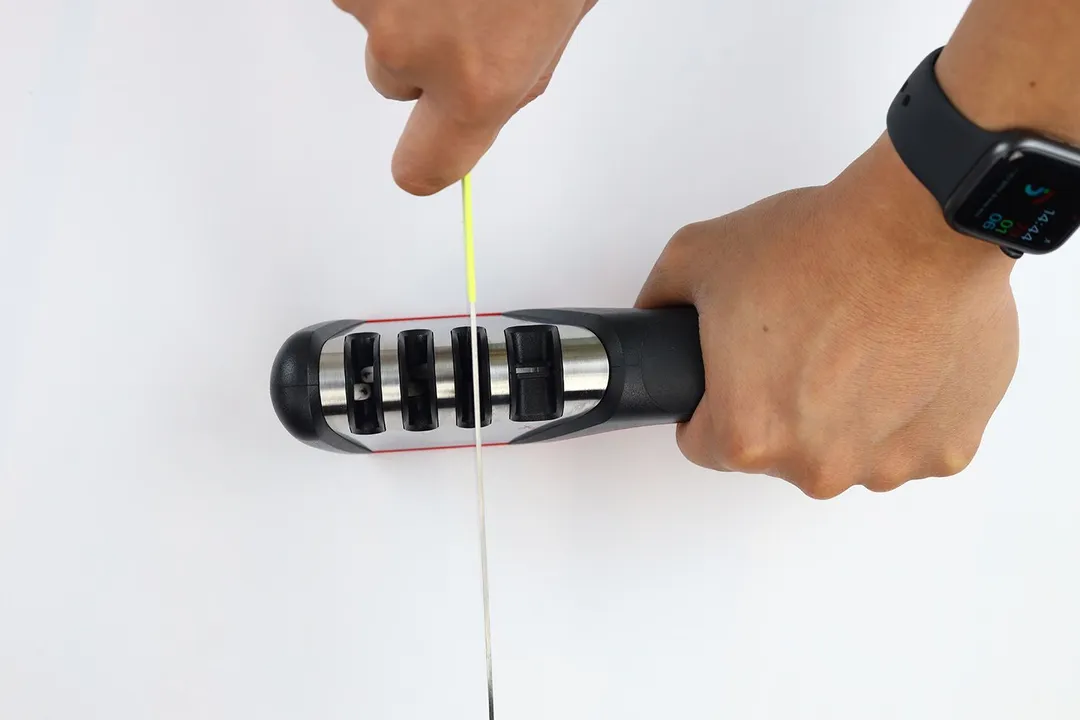
Pulling Through
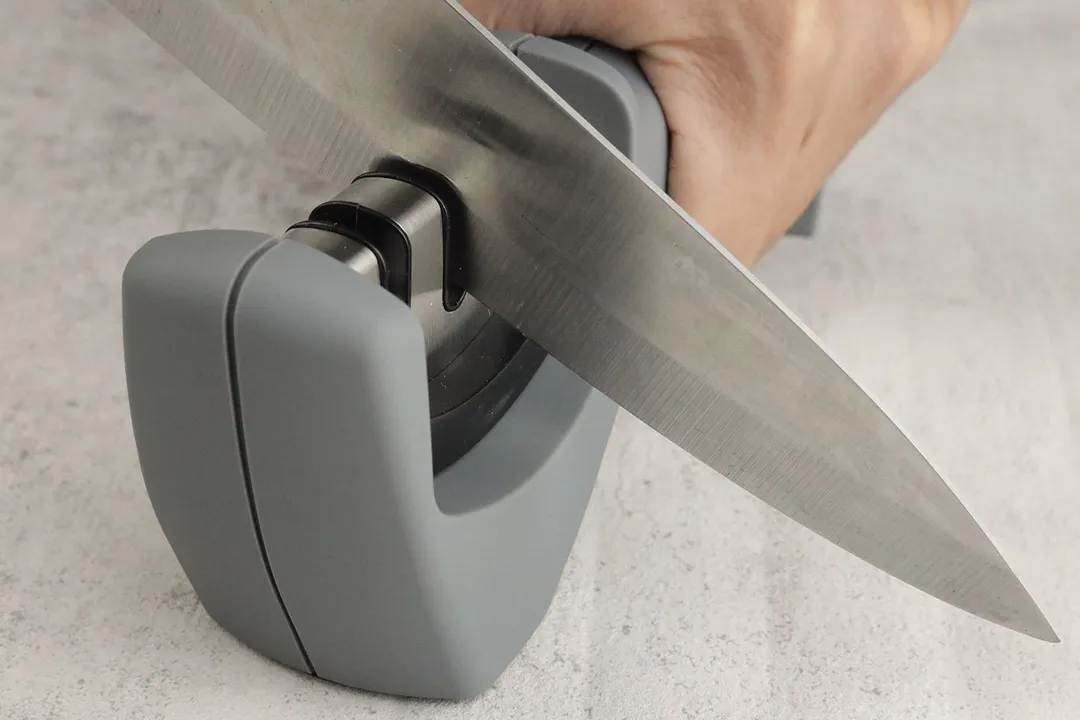
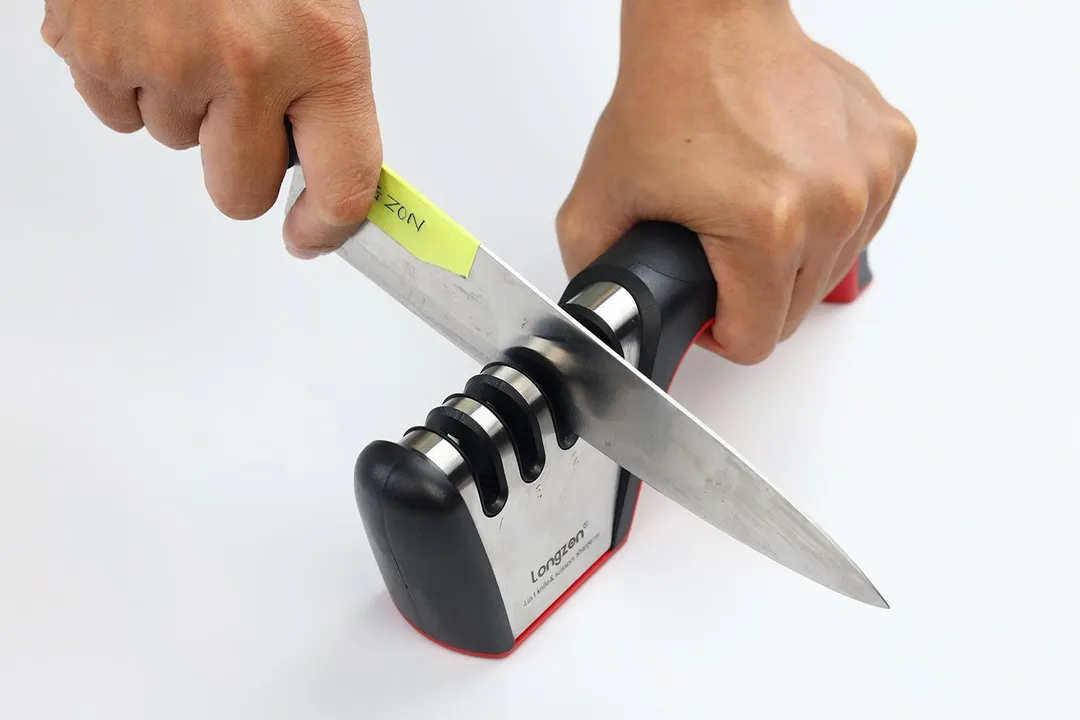
Stability on a Clean Surface
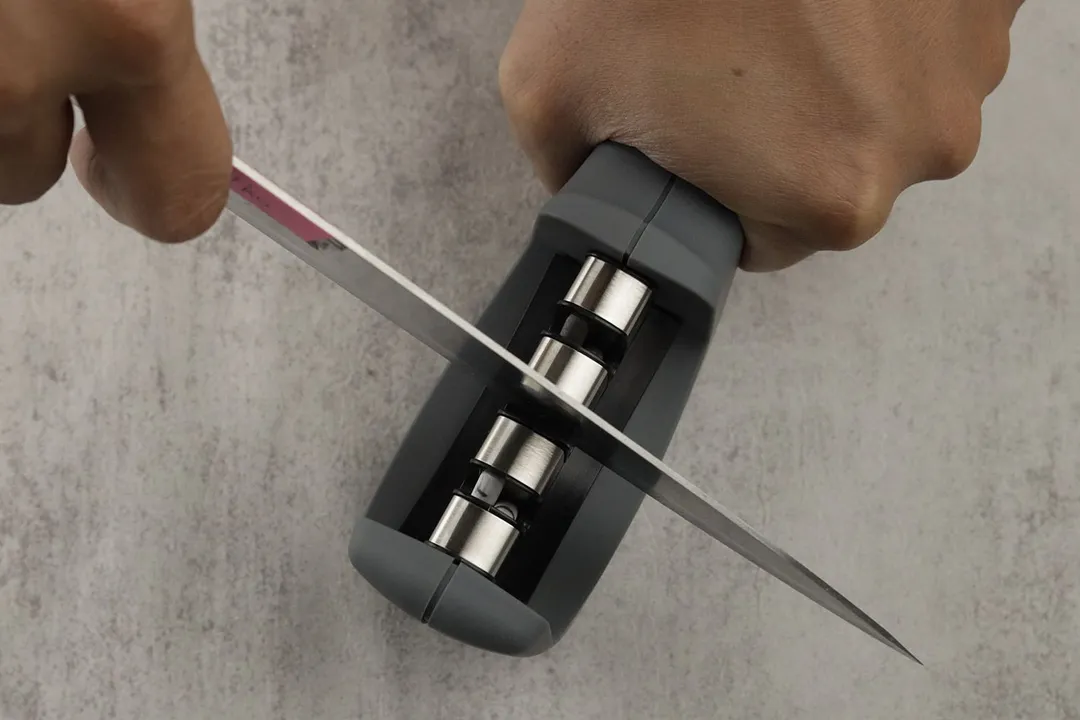
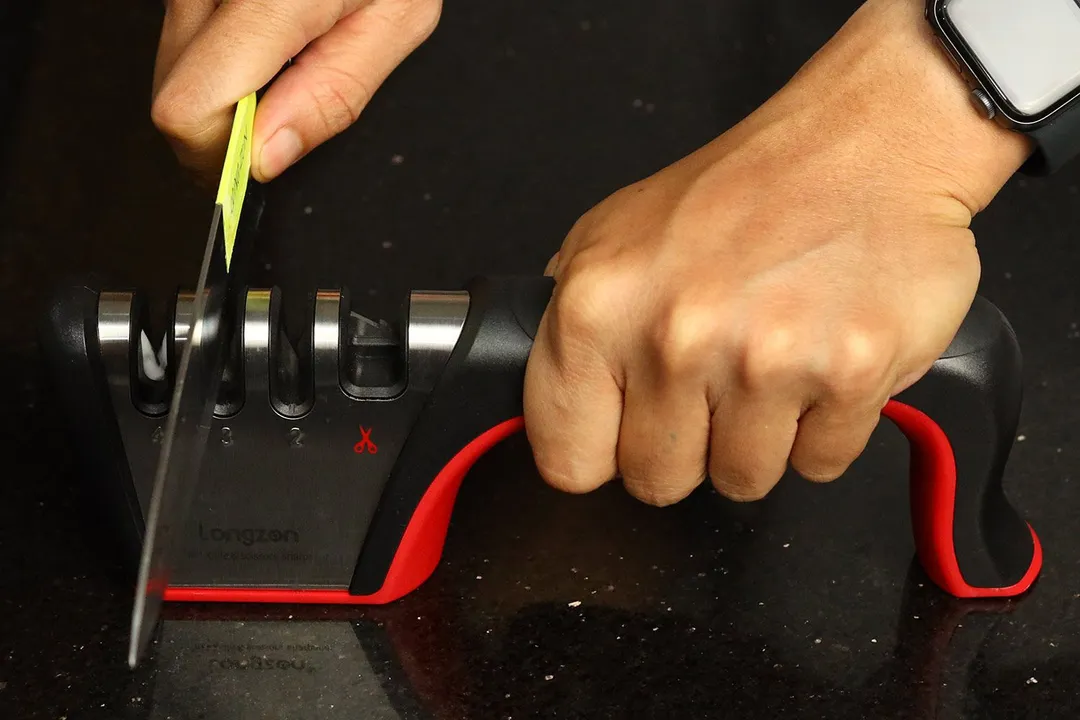
Stability on a Wet and Dirty Surface

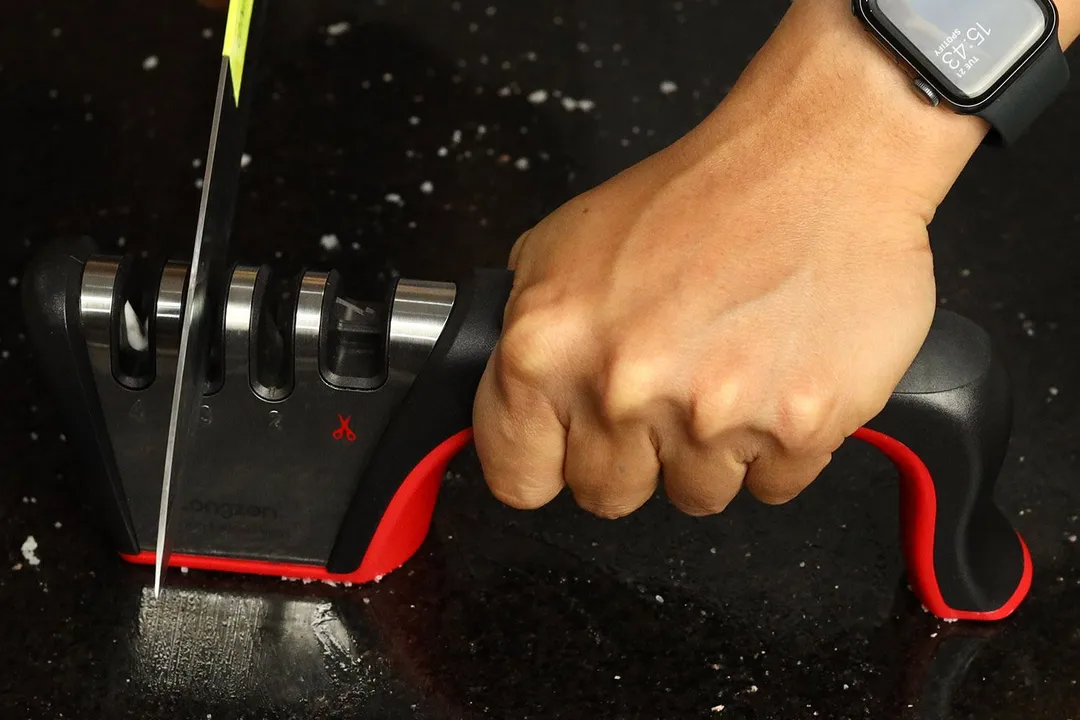
Behind the Comparison
Anh Ngo is a writer with 9 years experience at different media outlets, covering from public news and events to product testing and analysis. At HealthyKitchen101, she works across different departments, communicating closely with its network of writers, editors, and health, tech, and search engine experts to provide a meaningful and pleasant reading experience for visitors.
Lap is Head of the Research, Testing, and Review Team (RTR Team) at HealthyKitchen101.com, where he directs and supervises the testing of kitchen gadgets and appliances.
Nguyen Ntk is a graphic designer, photographer, and videographer whose philosophy centers around respecting and celebrating the beauty of reality. Through his lenses, Nguyen strives to capture the true essence of objects and events, showcasing and highlighting authentic features without distortion or exaggeration.




